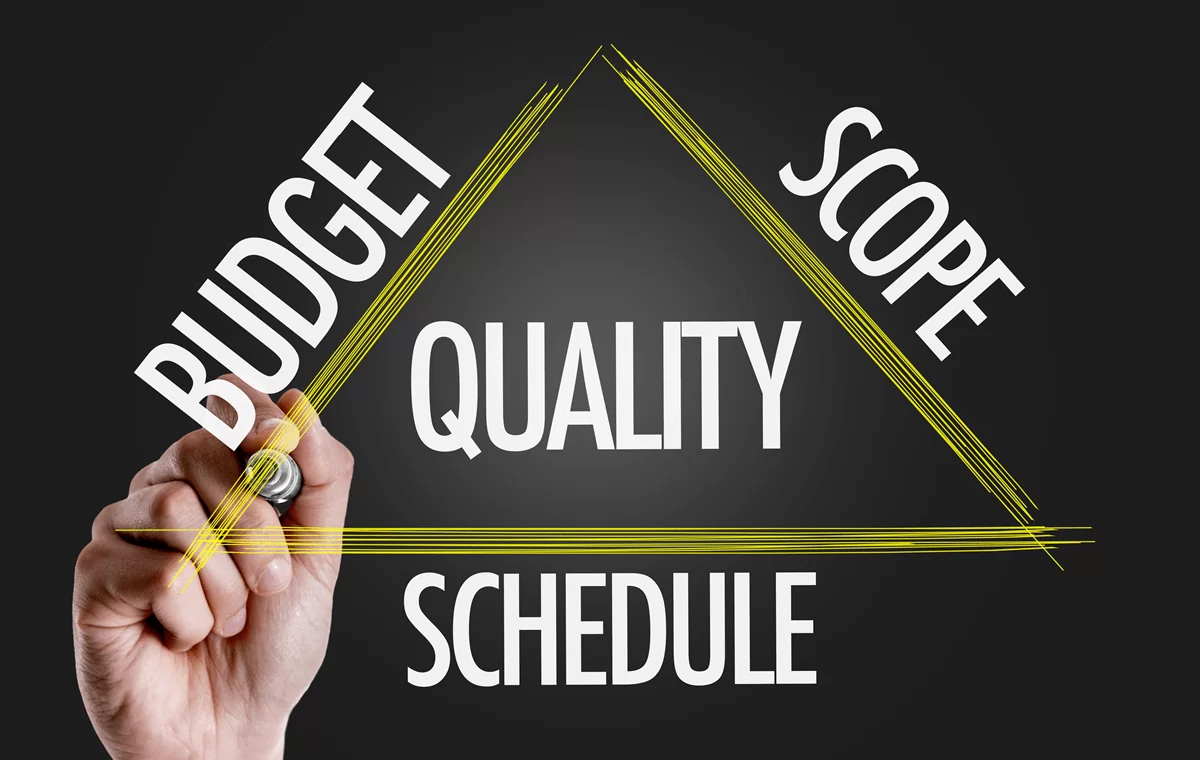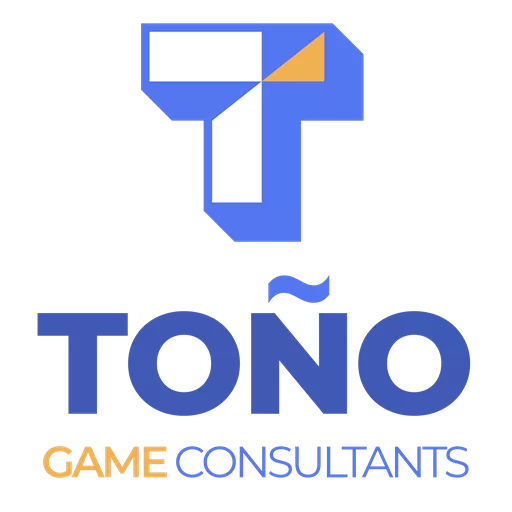Updated in September 2025: Endless timelines are crushing studios. (Think multi-year projects canceled after 5–8 years.) The triple constraint is your antidote.
If you’re diving into project management, there’s one concept you must know: the triple constraint.
It’s been called the project management triangle, the iron triangle, or just the balancing act of Scope, Time, and Cost. Whatever the name, it’s the same reality check: everything in your project has limits. Ignore that truth, and your game risks falling into endless development.
This article was originally published years ago, but in 2025 it’s more relevant than ever. Why? Because too many studios still act like they have unlimited scope, money, and time. Recent headlines prove the cost of ignoring the triple constraint:
-
WB Games canceled Wonder Woman after 8 years in development without a clear launch window.
-
Hytale, announced in 2015 and acquired by Riot in 2020, was finally shut down in mid-2025 after nearly a decade of churn.
These aren’t small teams running out of cash, these are massive AAA budgets, sunk into projects that never reached players. The lesson? The triple constraint isn’t optional. It’s survival.
What the Triple Constraint Really Means
-
Scope → what you’ll deliver (features, content, quality bar).
Use story mapping to define a player-centric backbone instead of a feature soup. -
Time → when it will be ready.
Convert scope to effort with time estimation, then forecast milestones. -
Cost → people, tools, and money to make it happen.
Your burn rate must match the timeline and the scope you commit to.
Change any one:
-
Add scope → you must extend time or increase cost.
-
Shorten time → reduce scope or add cost (and accept risk).
-
Cut cost → extend time or reduce scope.
This isn’t pessimism, it’s control.
Why This Matters in 2025
Recent high-profile cancellations after many years in development show a simple truth: “unlimited time” becomes unlimited waste. If you don’t enforce constraints, you quietly trade years for “maybe.”
Triple constraint thinking prevents the slide into a hidden death spiral: moving goals, XXL work items, and no “done.”
Make the Trade-offs Visible (and Honest)
-
Frame scope with the player journey.
Start with story mapping → identify must-haves vs. nice-to-haves. -
Prioritize, then size.
Run Planning Poker and points on only the top items, don’t size the whole game. -
Choose the right delivery mode.
-
Use scrum to build new value in sprints, accept change, and re-plan often.
-
Use kanban to stabilize: bugs, performance, tech debt. Kanban assumes work items are small, so you don’t need time estimates, flow beats forecasts here.
-
Keep Waterfall for predictable, repeatable pipelines (e.g., art asset factories).
-
-
Guard roles and decisions.
Clarify who owns vision vs. process, see scrum roles to avoid “everyone decides nothing.” -
Plan releases, not fantasies.
Track velocity; build a burn chart; forecast milestones (not the entire game). Tie this to your roadmap in project management.
“Not sure what to cut when scope runs wild? Our free Game Dev Prioritization Tool helps you separate must-haves from nice-to-haves, so your project stays achievable without losing focus.”
Practical Guardrails You Can Apply Today
-
Write acceptance criteria for every story to stop moving targets.
-
Split XXL items until they can finish inside a sprint (Scrum) or flow quickly (Kanban).
-
Set a tight release window early; design scope to fit it.
-
Stabilize often (dedicated kanban weeks) so quality keeps pace with scope.
-
Re-forecast every sprint (Scrum) using time estimation and actual velocity.
-
Escalate trade-offs explicitly: “To add X by date Y, we drop Z or add N people.”
Closing Statement with Final CTA
You don’t beat the triple constraint, you work with it. Every game project has limits, but smart prioritization and structured planning turn those limits into momentum. If your team needs help building realistic scope, credible schedules, and aligning costs with outcomes, our Production Offer packages it all: story mapping, prioritization, estimation, and a milestone-ready plan. Let’s turn ‘someday’ into a ship date.
Frequently Asked Questions about the Triple Constraint in Game Development
What is the triple constraint in project management?
The triple constraint is the balance between scope, time, and cost. In game development, it means you can’t add infinite features, work forever, or spend without limits, every choice affects the other two.
Why is the triple constraint important for game development?
Because it’s the reality check that keeps projects from spiraling into endless crunch or cancellation. Ignoring it leads to runaway scope, missed deadlines, and blown budgets, the exact reasons many projects fail.
Which factor is the hardest to control: scope, time, or cost?
Time is usually the least flexible. You can often cut features or adjust budgets, but you can’t create more hours in a day. That’s why realistic scheduling and prioritization are so critical.
How does scope creep affect the triple constraint?
Scope creep, adding features without adjusting time or budget, unbalances the triangle. It usually results in crunch, lower quality, or both. Tools like story mapping and prioritization help prevent this.
What happens if a studio ignores the triple constraint?
Projects fall into endless development cycles: years of shifting scope, ballooning costs, and no release in sight. Recent high-profile cancellations in 2025 prove that even AAA budgets can’t survive ignoring constraints.
How can indie studios manage the triple constraint effectively?
Start small, release earlier, and iterate. Indies don’t have the resources to brute-force through scope creep, so tight prioritization and shorter release windows are the safest path to sustainability.
Does Kanban, Scrum, or Waterfall help with the triple constraint?
Yes. Frameworks give structure to how teams manage trade-offs:
-
Scrum works best when scope shifts frequently and you need constant re-estimation.
-
Kanban is ideal for stabilization phases where small fixes flow continuously.
-
Waterfall fits predictable pipelines like asset creation.
The framework isn’t the solution, it’s the discipline around scope, time, and cost that makes the difference.


